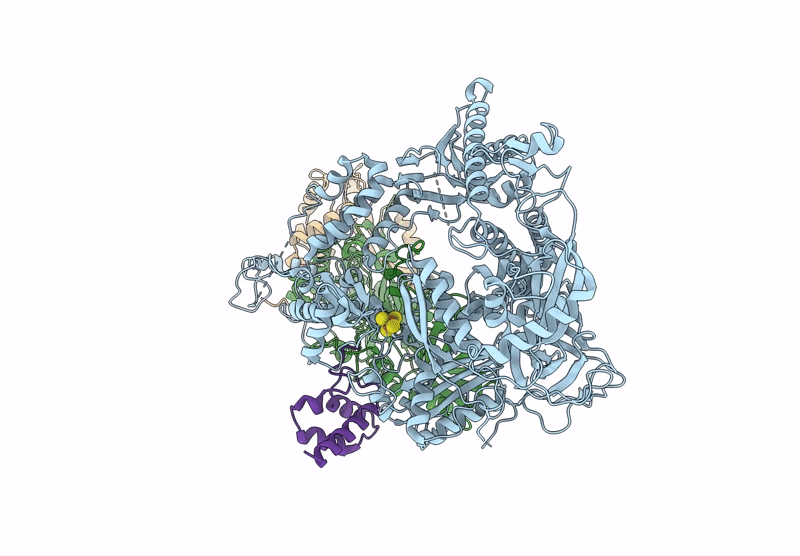
Deposition Date
2024-12-02
Release Date
2025-02-05
Last Version Date
2025-04-02
Method Details:
Experimental Method:
Resolution:
3.65 Å
Aggregation State:
PARTICLE
Reconstruction Method:
SINGLE PARTICLE


